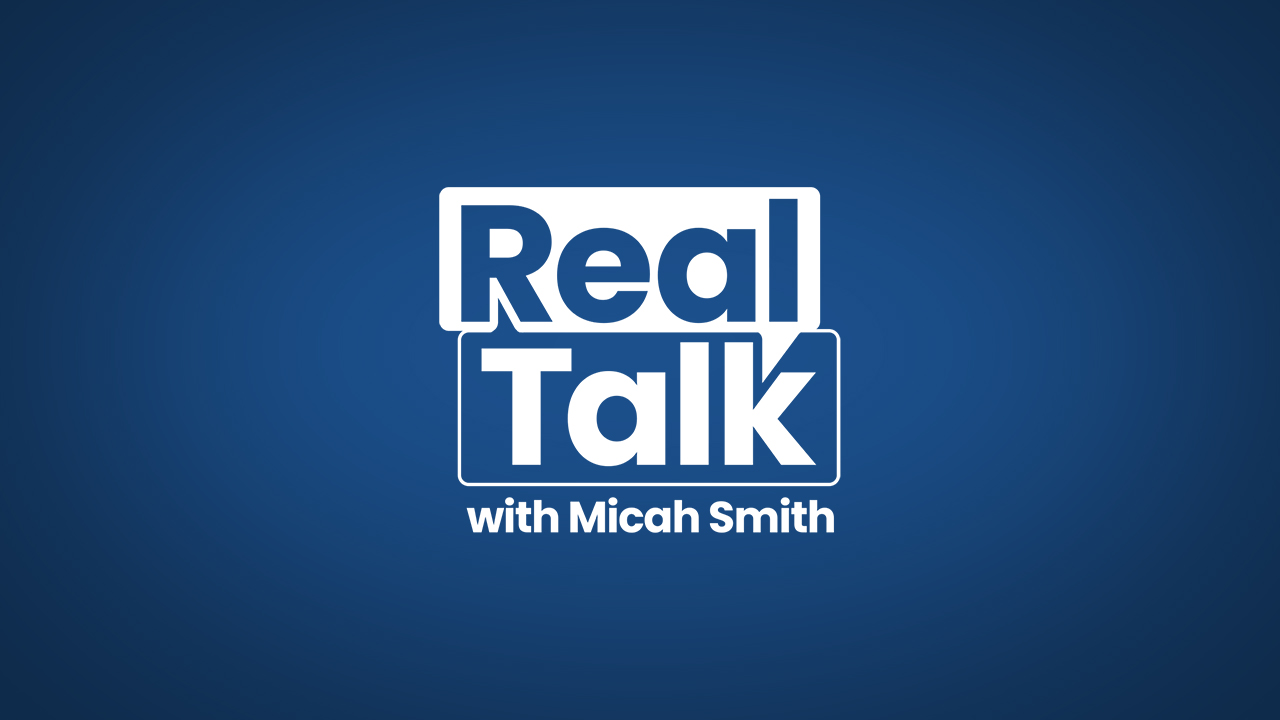DENVER – Residents in Denver’s most polluted ZIP code have long recognized the problem of breathing dirty air, but new research out of CU Boulder published this week proves how historically racist housing practices have pushed people of color to live in more polluted areas for decades.
Alex Bradley, a fourth-year chemistry student at CU Boulder’s Cooperative Institute for Research in Environmental Sciences, or CIRES, used his background in chemistry and environmental justice to see just how much air pollution affects communities of color in Denver.
Using a combination of high-resolution satellite data, air pollution modeling, as well as historical maps of redlined neighborhoods in Denver from the 1930s and 1940s overlaid with 2020 Census data, Bradley was able to show how pollution has mostly affected people living in Globeville, Elyria-Swansea and Commerce City.

Environment
Colorado will monitor air pollution in 'disproportionately impacted communities'
The data, he said, show that pollution is not distributed equitably between racial and ethnic groups throughout Denver, despite everyone being affected by poor air quality from large sources of pollution coming from outside city boundaries like agriculture, oil and gas production as well as wildfires.
“This is a facet of systemic racism,” Bradley told Denver7 Thursday. “These people don't necessarily choose to live in these places. It's dictated by historically racist practices" like redlining, racial covenants, real estate steering and other exclusionary zoning laws, he said. The outcome, his co-authors wrote, adversely impacts communities of color "with worse conditions while preventing them from leaving for better housing."
The first-of-its-kind study, published Wednesday in the journal of Environmental Science & Technology, not only showed that pollution is not equitably distributed throughout the city, but that where people live still matters.
“A lot of this problem is actually coming from cars and highways, from cars and trucks driving on these highways through these polluted neighborhoods,” Bradley said. “The highways themselves were purposefully built through neighborhoods with communities of color as well.”
He said the research wasn’t surprising: People of color, specifically those of Hispanic/Latino and American Indian/Alaska Native heritage, are exposed to higher levels of air pollution than non-Hispanic whites.
The findings showed high levels of nitrogen dioxide and particulate matter — tiny particles that when inhaled over time can lead to serious health problems — were concentrated along I-70 in north Denver and Commerce City.

Bradley said his work is line with other studies showing how people of color in other parts of the country experience worse air quality than whites.
“We just focused on Denver and redlining practices that took place in the 1930s and 1940s,” said Bradley. “And that's important, because I think that every city has a story of why people live where they do, and that affects who is affected most by pollution.”
Ultimately, Bradley said that while this study won’t give people affected by bad air pollution new information, it could be a catalyst for local governments to address the issue and improve conditions for these communities.
The information, he said, “is trying to help give the people who live in these communities, as well as regulators and legislators, the knowledge and the power to fix what's going on here.”








